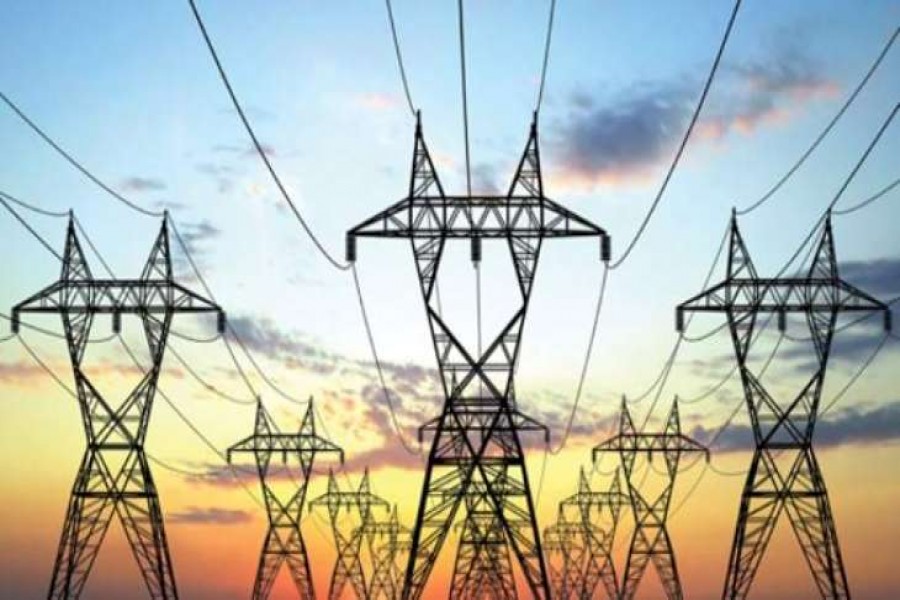As part of its 'One belt, One Road' initiative, China is out to emerge a formidable energy exporter, regionally first and then globally, it seems.
The agreement reached between Bangladesh, China and Myanmar on March 09 last in Myanmar capital Naypyidaw, according to energy experts, is a move in that direction.
The agreement came at a trilateral meeting where Myanmar Union Minister for Electricity and Energy U Win Khaing, Advisor to Bangladesh Prime Minister for Power, Energy and Mineral Resources Dr. Toufiq Elahi Chowdhury and Vice Administrator of National Energy Administration Li Fanrong took part in the discussion on cross-border power trade and implementation mechanism for the same.
The news about the agreement was circulated by the China's state news agency Xinhua. But it did not provide any detail.
Since the agreement is on cross-border power trade, there will be both export and import of the item. Here neither Bangladesh nor Myanmar does have enough power to export. Rather both are net importers. Bangladesh is now importing a total of 650 megawatt (MW) of electricity from neighbouring India. Bangladesh needs more electricity on sustainable basis to meet its ever-increasing demand from domestic consumers and industrial units.
Myanmar is reportedly trying to double its power generation capacity by 2021 by building natural gas-fired power plants. Only one-third of its 60 million people are now connected to electricity grid and cities are experiencing power outages.
It is none but China can largely meet the power deficit of both countries, for it has enough surplus power to export. China is now the largest producer and exporter of electricity in the world. According to 2016 estimate, it generates 942,590 MW (56 per cent of total generation) from coal-based power plants, 332,110 MW (20 per cent) from hydroelectric plants and 148,640 MW (9 per cent) using wind power.
The situation was not the same in China even in 2004 when it suffered persistent power outages. Then it decided to invest heavily to ensure power supply enough to support its manufacturing. Apart from heightening development of nuclear and renewable power generation, it started building scores of hydroelectric and coal-fired power plants.
What has been more impressive is that China has mastered the ultra-high voltage (UHV) technology that enables its relevant state agency to increase the voltage to 1500 kilovolts so that power can be transported to places as far as 8,000 kilometre (km).
Exporting power to Myanmar, the next-door neighbour, and to Bangladesh via Myanmar, is too easy a matter for China for its Yunnan province bordering with Myanmar has enough surplus power. The province is producing 12,400 MW from coal-fired power plants. More importantly, Yunnan generates a large volume of cheap power from hydroelectric plants. More than 50,000 MW power is now being produced in these plants and more plants to produce almost an equivalent volume of hydroelectric power are now in different stages of implementation.
Bangladesh does need power at cheap price as the power it is now procuring at home from private power plants is highly expensive. Hydroelectric power from China could help meet that requirement. Despite its soured relations with Myanmar over Rohingya issue, Bangladesh is holding discussions quite wisely, on power trade where China holds the key under its much-touted 'One Belt, One Road' initiative. China must be serious about implementing its power supply programme in the region. Hopefully, Bangladesh would accrue benefit out of it.


